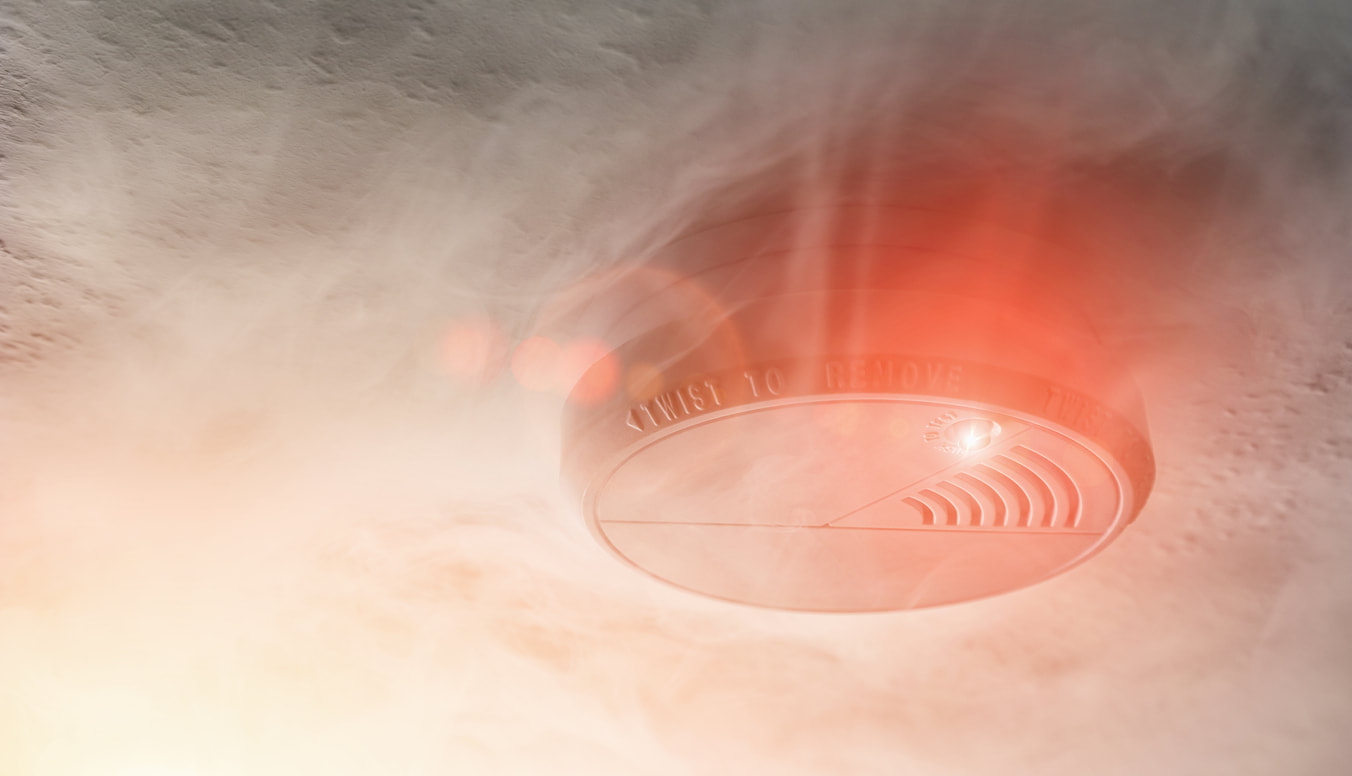
When the topic of workplace, health and safety is brought up, is an office environment the first thing that comes to mind? Or instead more labour-intensive industries like the construction industry, agriculture or working as an electrician? You might be surprised to know, according to Safe Work Australia, 40% of claims made were by employees in administration, professional services, sales and community work and management.
Injuries are more likely to occur in white-collared environments due to senior management not implementing their company’s WHS policies, and SAI Global have listed the seven most commonly overlooked workplace hazards by employers:
1. Heavy Workloads and High-stress Levels
Work-related stress is the second-most compensated illness or injury in Australia which can lead to physical symptoms such as headaches and fatigue, psychological symptoms such as anxiety, sleep loss and depression, or behavioural symptoms, such as mood swings. These can contribute to long-term health complications such as sleep loss and diabetes. To ensure organisations are meeting their WHS obligations, top management must include all workers in their WHS decision making and comply with ISO 4500 standard.
2. Concealed Bullying and Harassment
According to SAI Global auditors have identified junior-to-mid-level employees, contractors and external suppliers to be the main culprits of bullying and harassment rather than managers who are usually perceived as the main perpetrators. Being on the receiving end of bullying can result in emotional trauma and psychological injury, resulting in higher absenteeism and emotional stress.
3. Basic Clutter
General day-to-day items including boxes, plants, bags on floors or courier deliveries placed in access areas can present trip and collision risks and even more so if workers are distracted. SAI Global recommends that employers organise regular housekeeping activities, risk assessments and inspections to identify workplace hazards. When items are not in use, its suggested items have predetermined storage locations to prevent trip hazards.
4. Blocked Access to Fire Safety Equipment
Are there items in your workplace that are blocking the entrance to fire exits, sprinkler heads, fire hoses or fire hydrants? In the event of an emergency, this can obstruct the efficiency or use of fire safety equipment. Fire safety equipment should have one-metre-clear zones marked by signage and workplaces should have regular safety inspections and see that there is preventative maintenance in place for essential services.
5. Non-adjustable Desks, Chairs and Monitors
Is your back aching more than usual? Are you finding that you have more significant back pain at work? According to research led by the University of Sydney, lower back pain accounts for one-third of all work-related disability. Height-adjustable desks, chairs and monitors can help aid and prevent back pain and the associated costs of compensation.
6. Extreme Workplace Temperatures
Is it a habit of yourself or others in your office to bring a jumper in on 30-degree days because your office resembles arctic temperatures? Then it’s probably not surprising to hear that complaints about temperature are widespread within an office environment.
Heat and cold stress can impact worker’s health, leading to days off work and even workers’ compensation claims. To maintain employee comfort interior workplaces should be at even temperatures of 22 degrees in summer and 24 degrees in winter.
7. An Employer’s Lack of Commitment to Safety
It is all well and good to have WHS procedures in place but has everyone in your organisation been trained and are familiar with them? If there seems to be a minority of workers knowledgeable of your WHS procedures, the overall commitment to workplace safety culture significantly diminishes. When workers aren’t educated about potential workplace hazards, risks and good safety practices, illnesses and injuries are more likely to occur.
Reference: https://bit.ly/35r9ACO





